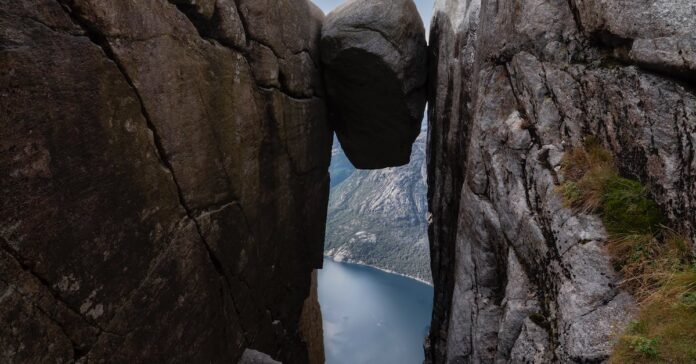This collection of photography tips is an excellent jumping-off point for new photographers who are eager to learn proficient photography techniques. Apply these tips and experiment with new features and ideas to improve.
If you are planning to take pictures outside, reevaluate the lighting every 10 minutes, as lighting is constantly changing. Adjust your angle to get the best possible shot and illuminate the features that you are trying to highlight. Planning in advance is very important for producing quality photos.
If your goal is to take great pictures, don’t skimp on your gear. The best photographs will come from a dSLR camera. If you want to take photographs like the professionals, then it stands to reason that you should use what the professionals use.
Don’t be afraid to experiment! With digital cameras, you can now store an incredible amount of photos. Try it out! Don’t be afraid to set up your camera at a stream one day and play around with the effects to see what kind of photos you get. It can be a great way to learn what works, and what doesn’t.
When you are taking landscape photos, consider the sky. If the sky is rather bland and boring, do not let it dominate the photo. If the sky is lit up with wonderful colors (especially during sunrise, sunset or a storm) it is okay to let the sky dominate the photo.
If you are planning to take photos in a new country go straight to the postcard rack. Postcards can help you gain new ideas of the scenery that is unique to the country that you are in. Use these photos as ideas for the spots that you want to visit.
Take a few pictures of vacation souveniers from your trips. You could put the souvenir next to the store you made the purchase. You could even frame it next to your hotel pool. This creative project helps to create a more memorable connection with the objects and sights from your travels.
Be ready to take a picture at all times. This does not mean you should have your camera in hand, this means you should be in the proper state of mind all the time. Look at the world as if you were seeing it through your camera. When you see something interesting, take a picture.
If shooting outside or in an area that is bathed with outdoor lighting, confirm whether or not flash on the subject is appropriate. You want to turn it off if it is bathed in bright sunlight or other really bright conditions. Turn the flash back on when in heavy shadow or darker areas.
Regardless of whether you are pursuing photography as a hobby or career, good composition is the key to taking high quality photos. Such as with the other arts, if composition is lacking, your work isn’t the best it may be. Study up and use what you learn about composition when you take pictures and you will get better in photography.
A common beginner’s mistake is to place one’s thumb on the lens while taking a photograph. This causes a blurry spot to appear in the corner of a photograph. You should make sure your lens is clean and that you are not obstructing it with your thumb before taking a picture.
Try framing all of your shots. Try using a natural frame instead of a metal or wooden one. If you observe all the angles and lines in your shot, you can frame them in the camera to take advantage of them and create a “natural frame.” You can use this as a way to practice photograph composition.
Try adding one or two stops when you shoot objects like snow or beaches to make sure that they are receiving the proper amount of exposure. Scenes that are very white or even very black will try to fool your camera’s light meter and you will need to make adjustments to compensate.
Get the people that you’re shooting to feel as comfortable as possible. An easy way to do this is to talk to them and show them their picture in your camera. They’ll likely loosen up, making it much easier to take their picture.
Incorporate things like roads, streams, shorelines, railway lines, or even railings, into your images. These are referred to as lead lines and are a great way to capture the way that a viewer is going to look at your photo. They will lead your viewer’s eyes through the scenes of your photos.
With a little luck, the ideas here will help you start to take better quality pictures. We put together this set of tips in such a way as to give you a good combination of information to set out on the right foot.


